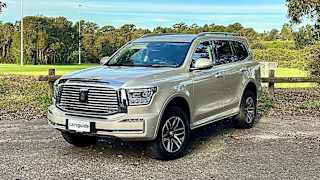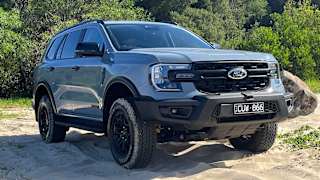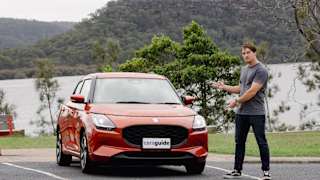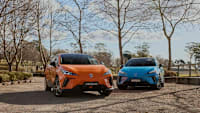Should I buy an electric car now, or wait?
A: It is entirely feasible to purchase an electric vehicle right now, but the decision will likely depend on your budget, and how much importance you place on moving away from fossil-fuel-powered cars sooner rather than later.
The future of motor transport, whether you like it or not, is one of electric-powered silence rather than noisily exploding fossil fuels, which are, fittingly, going to go the way of the dinosaur.
The rise in popularity of electric vehicles over the last few years is undeniable: sales of EVs hit 6.6 million globally in 2021. That’s a mere 9 per cent of the total global market, sure, but it’s also a figure that’s triple that of two years earlier, pointing to an explosion in electric-powered-vehicle popularity.
Two million EVs have already been sold globally in the first quarter of 2021 - up 75 per cent from the same period last year - and it’s projected that battery-electric vehicle sales will reach 25.3 million by 2030, although some predictions place that figure even higher.
.jpg)
If you’re considering buying an EV, it’s likely that a lot of questions are swirling around your brain: “Should I buy an electric car?” “Should I buy or lease an electric car?” “Should I buy an electric car or hybrid?”
Buckle up as we attempt to address all of your questions below…
Is now the right time to buy an electric car?
Most people might really like the idea of a new electric car, but not especially enjoy the price tags that come along with them.
To give you an idea of what you’ll need in your piggy bank before you take one home, currently the two cheapest EVs in Australia are the MG ZS EV Excite mid-size SUV for $44,990 plus on-road costs, and the Atto 3, a new player in the market from Chinese manufacturer BYD, which also goes for $44,990 plus on-road costs (prices vary from state to state for the latter, though, and it’s more expensive in certain states).
Both EVs come with an estimated 320km of driving range, although the Atto 3 has an extended-range model with 400km of range.
.jpg)
Will costs come down in the future?
In short: yes, but it will all depend on when the cost of batteries drops.
Currently, EV batteries account for a whopping 30 to 35 per cent of an EV’s total cost, so EV prices dropping has a lot to do with the price of batteries going down.
Battery production costs will fall below $US100/kWh by 2025, according to some financial analysts, a figure that means EVs will cost about the same to produce as ICE vehicles.
Accordingly, it’s predicted that shorter-range EVs will reach price parity with ICE cars between 2024 and 2026, and between 2027 and 2030 for EVs with longer range.
.jpg)
What new models might be worth holding out for?
BYD, which specialises in budget EVs, plans on unveiling five new EVs in Australia over the next two years.
Also, 2023 will see the arrival of the Cupra Born hot hatch, followed by the Volkswagen ID.3 electric hatchback in 2024; both models will likely cost somewhere between $50,000 and $65,000.
How long are wait times?
If you decide you do want to purchase yourself an EV, be aware that some models come with significant wait times, due to high demand.
Expect to wait between six to 12 months for BMW’s iX, iX3 and i4, up to six months for a Polestar 2 and seven to 10 months for a Tesla Model 3 or Model Y.
.jpg)
What about leasing?
If you’re concerned about locking yourself into an expensive EV that may be out of date sooner than you’d like, leasing is always an option. It typically covers things like maintenance, servicing, tyres, annual registration and insurance, too, giving you less to worry about although it is worth noting that leasing can be comparatively expensive.
New vs second hand?
EVs are relatively new to the automotive marketplace, which means the second-hand market isn’t exactly flooded with pre-loved electric cars. Still, there are some available, and considering EVs have little in the way of moving parts or maintenance needs, the only thing you really need to worry about is what kind of shape the EV’s battery is in, and if it can still capably hold a decent amount of charge.
Is it better to go hybrid right now in Australia?
If you’re worried about the current lack of EV chargers in Australia or expect you’ll be making a lot of long-distance trips, a hybrid might be a good option for you. In most hybrids you can drive in all-electric mode, but there’s also a petrol-powered ICE on hand to cover you if your EV battery runs out of charge.











.jpg)

.jpg)

.jpg)

.jpg)



.jpg)
.jpg)
.jpg)


